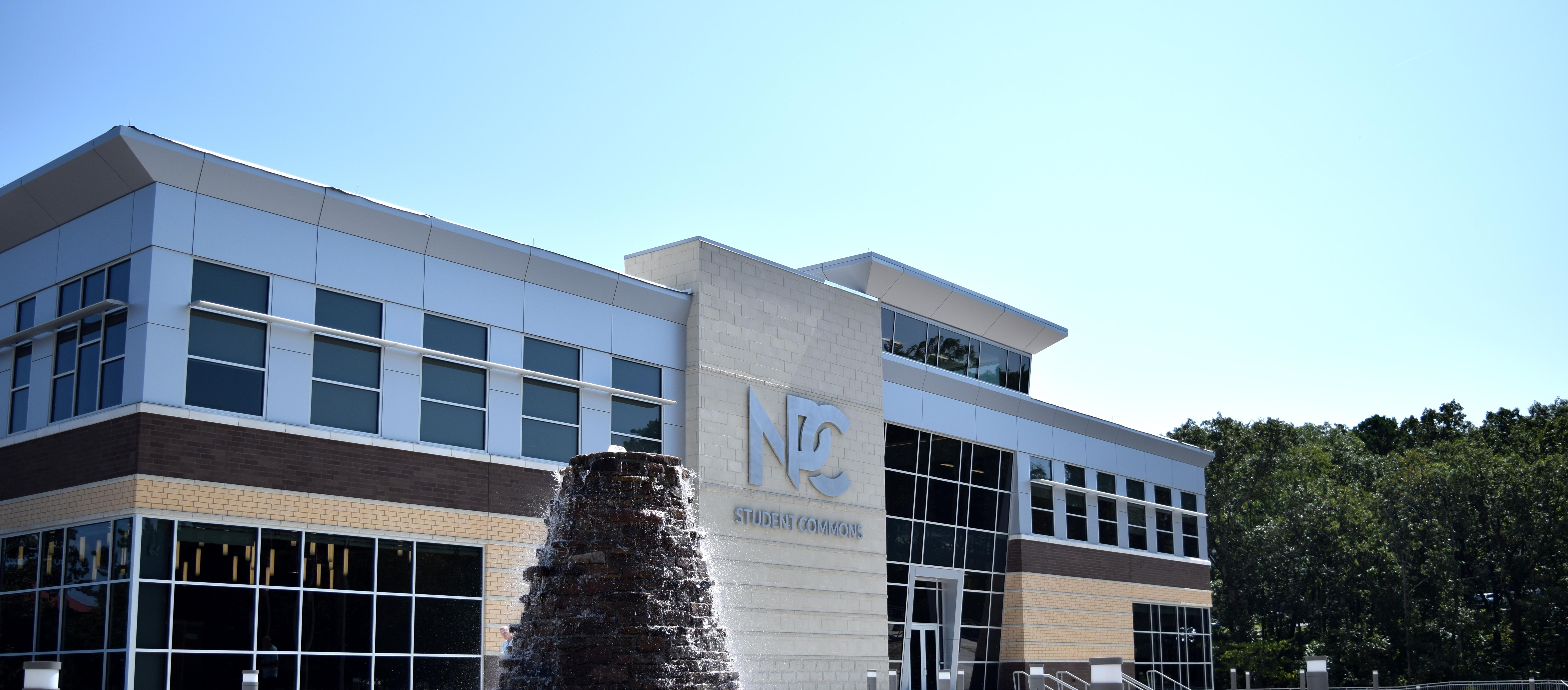CRJ 2114 - Criminalistics 4 Credits
An Introduction to Forensic Science through the identification, collection, analysis, and reporting of forensic evidence and through the development of practical skills in crime scene techniques, concerning types of evidence including fingerprints, impressions, hair, fiber, trace, firearm, tooth mark, biological, accelerants, explosives and drugs.
Lab fee
Pre or Corequisite: CRJ 1103 Introduction To Criminal Justice*
Course Level Objectives
Upon successful completion of this course, the student will be able to:
1. Utilize correct English spelling and grammar conventions as applicable in discussion posts, essays, reports, academic papers, oral presentations, and other submissions for grade in this course. (PLO 1, 2)
2. Analyze the basic concepts and theories in the field of forensics to create a timeline of the evolution of forensic science, including Orfila, Galton, Goddard, and Locard as major contributors, then evaluate their major contributions to determine who made the single most important discovery or advance in the field. (PLO 1, 2, 3)
3. Demonstrate proficiency with the Canon T3i Rebel DSLR camera, by correctly setting f-stop/aperture, shutter speed, and ISO sensitivity to obtain evidentiary quality digital photographs. Students will use automatic exposure bracketing (AEB) on close-up photographs to ensure that different versions of exposure are present for each item photographed. (PLO 1, 6)
4. Document activities and scenes correctly with digital photography, using checklists, notes, and photography log sheets to ensure that id slides, overview photos, and individual evidence item photo sets are included, then submit logs and photo cards for grading and evaluation. (PLO 1, 6, 7)
5. Create and submit classifiable rolled ink impressions of live human subjects in classroom exercises and practical exams. (PLO 1, 6)
6. Create evidentiary packages for storage and/or submission to laboratories, guarding against cross-contamination through seals and the use of breathable packaging, safeguarding firearms, biohazard, or sharp items prior to sealing the package, correctly annotating the package, and submitting the item(s) for grading and evaluation, using an evidence log to document the chain of custody for the item(s). (PLO 1, 6)
7. Develop latent and/or patent fingerprint evidence using powder, magnetic powder, and chemical processing techniques including the use of ninhydrin, small particle reagent, and ethyl cyanoacrylate, evaluate the processed fingerprints, then collect, annotate, and submit fingerprint evidence. (PLOI 1, 6)
8. Create search plans based on scenarios detailing incident details, area (scope) of search, and types of evidence to be obtained, then conduct searches based on the plans to locate, identify, collect, and document via evidence log the artifacts or items of evidence present on a physical scene. (PLO 1, 6)
9. Create crime scene diagrams, using both triangulation and double baseline methods, that accurately document the physical location of furnishings, fixtures, and evidence within a physical scene. (PLO 1, 6)
10. Create guidelines for first responders, investigators, and crime scene technicians that cover the primary responsibilities and duties expected for personnel dispatched to a crime scene. (PLO 1, 4, 6)
11. Create casting impressions of footprints and/or tire tracks left in a mock crime scene. (PLO 1, 6)
12. Analyze blood spatter evidence to correctly determine the type of discharge, the type of instrument used to create the pattern, and determine the angle the blood was traveling upon impact to locate the corresponding point of origin. (PLO 1, 6)
Required and Recommended
Add to Portfolio (opens a new window)
|

